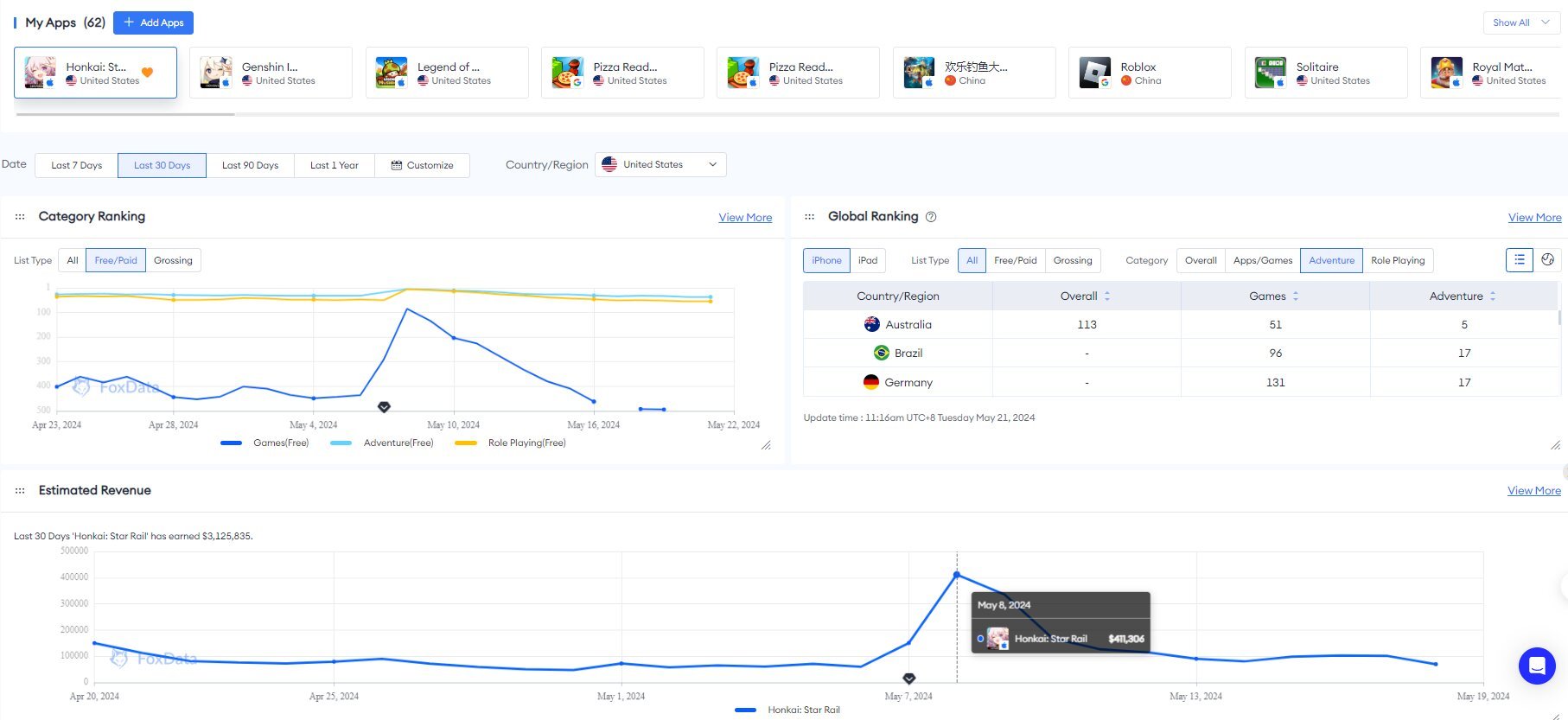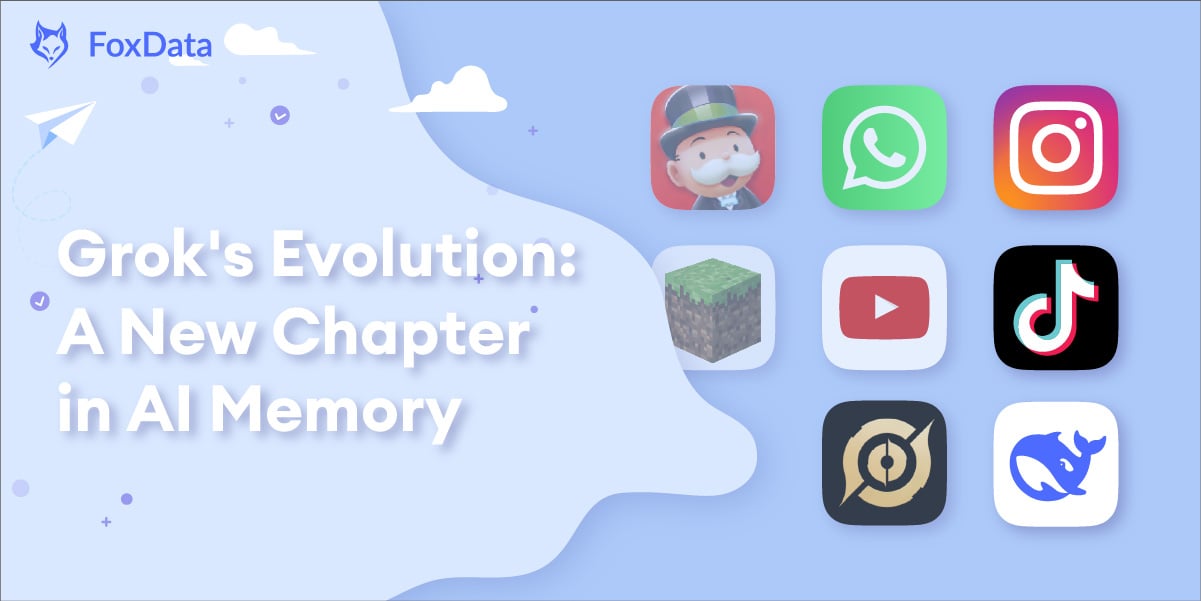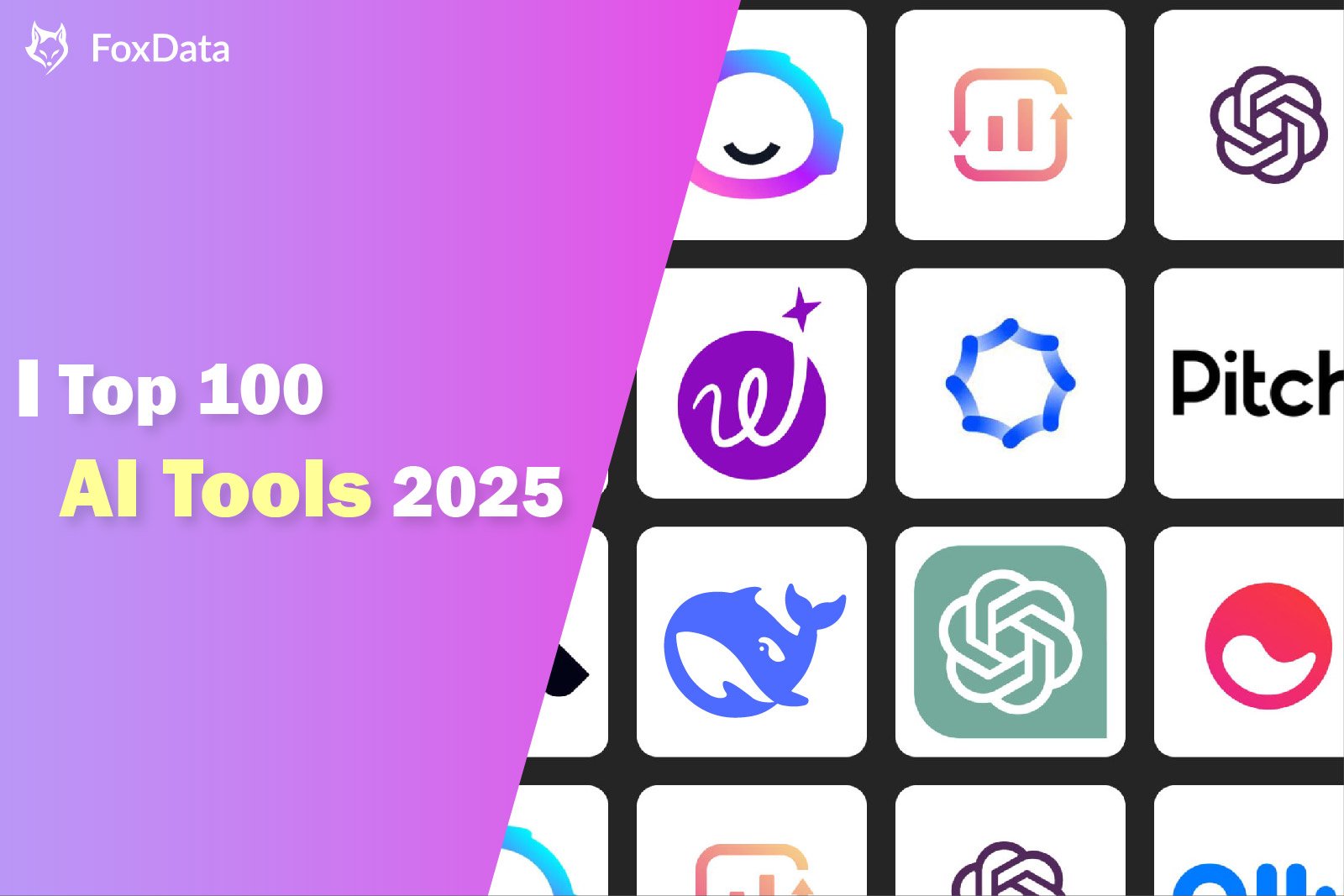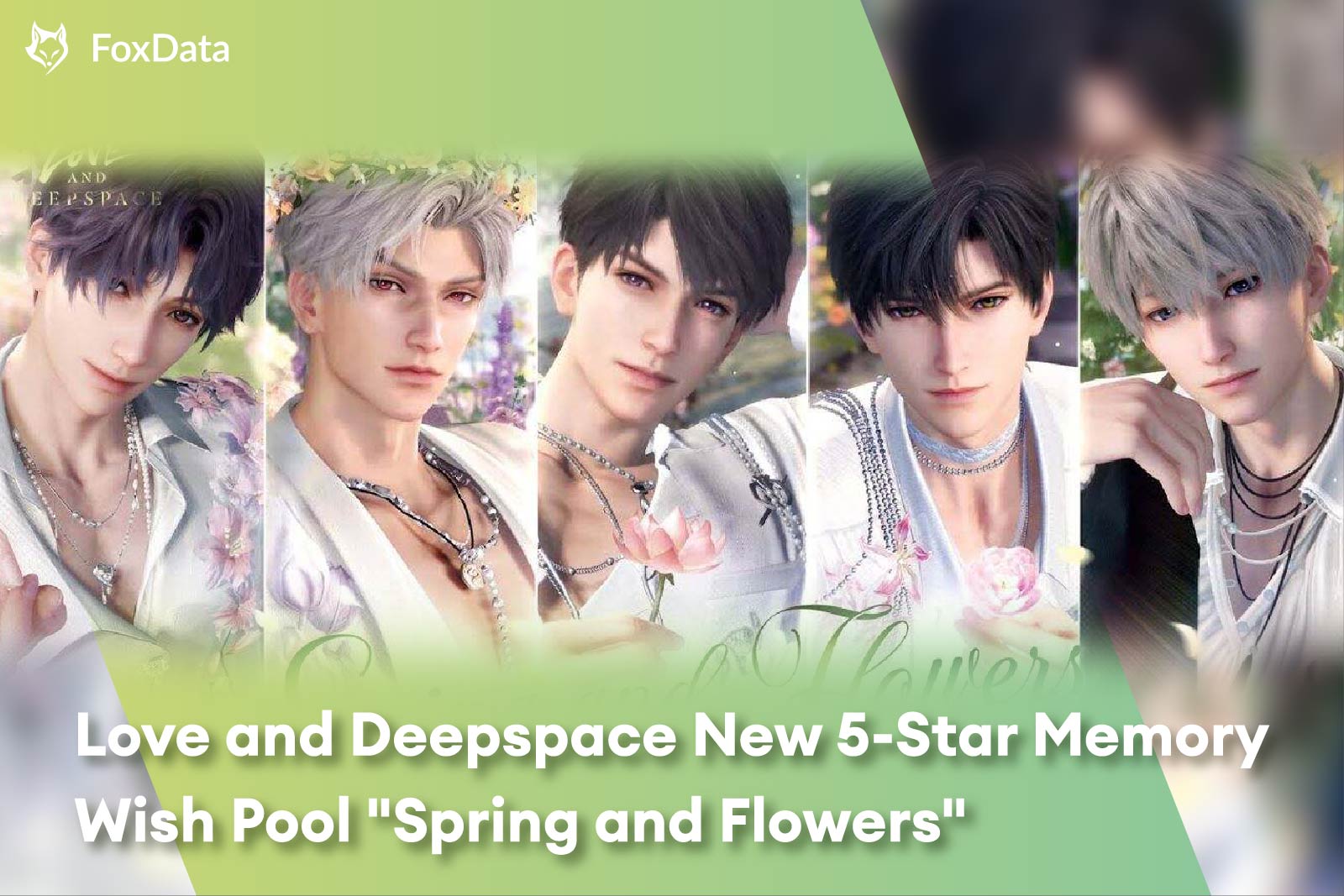In the rapidly advancing world of artificial intelligence, the development of chatbots that offer more than just witty responses is crucial. xAI's latest entrant, Grok, is making waves with its new memory feature, setting the stage for a transformation from mere novelty to necessity. This innovation positions Grok as a serious competitor against industry giants like OpenAI's ChatGPT and Google's Gemini. Through this article, we delve into the significance of memory in chatbot technology, exploring Grok's ambitious leap toward being an intelligent, reliable assistant rather than just a clever conversationalist.
The Memory Revolution: A Turning Point for Chatbots
The introduction of a memory system in Grok is no small feat. It's a tectonic shift in how users can interact with AI by bridging past interactions with current conversations. Imagine planning your vacation, collaborating on a screenplay, or simply tracking everyday tasks with Grok seamlessly recalling previous interactions. With a memory feature, Grok transforms from a transient tool to a constant companion capable of more personalized interactions.
The power of memory in chatbots lies in its potential to enhance user experience by offering contextually relevant responses based on previous interactions. Memorization allows Grok to reference earlier discussions, allowing it to make statements like, “Haven’t we already discussed this?” This moves beyond the limitations of a standard AI where interactions are typically columnar and isolated.
Personalization: Empowering the User
In addition to memory, Grok introduces significant user-controlled personalization options. Users gain control over what the AI retains and are empowered to delete individual memories or wipe the slate clean entirely. Such control is essential for ensuring trust, enabling Grok to be more than just a workspace assistant—it becomes integral to personal planning and household management.
This personalization standard is rapidly becoming a necessity in the competitive field of AI, where privacy and data management are paramount concerns. xAI's approach aligns with industry expectations, mirroring similar features found in ChatGPT and other leading bots while refining the execution to fit Grok’s identity.
Competitive Adaptations: Matching and Surpassing Rivals
Grok’s development strategy focuses on rapidly attaining and potentially exceeding the technological capabilities of its competitors. Grok's new features are rolling out in lockstep with several slated updates, including the anticipated release of Grok 3.5 and future Grok 4 by year-end. These updates promise enhancements that could redefine user interaction.
Upcoming features include a new vision capability in Grok’s voice mode, allowing real-world interaction by recognizing objects and providing descriptions—a nod to AI models both futuristic and practical. Such advancements indicate xAI's commitment to not just keeping pace but potentially outstripping current market offerings.
🔍 Find Out More: Manus AI: The Next DeepSeek or Just Another AI Hype?

𝐌𝐨𝐛𝐢𝐥𝐞 𝐆𝐚𝐦𝐞 𝐃𝐚𝐭𝐚 𝐀𝐧𝐚𝐥𝐲𝐭𝐢𝐜𝐬 𝐓𝐨𝐨𝐥 𝐟𝐨𝐫 𝐅𝐑𝐄𝐄
With deep data analysis, check out the performance of your favorite games and their competitors! Estimated downloads, revenue, category ranking, global ranking, ASO Impact Analysis, etc. All you want to know is here!
Discover the secrets of their success!
Image Editing and Project Collaboration: Diversifying AI Capabilities
Further diversifying its feature set, Grok is expanding its artistic horizon through image editing capabilities. This feature allows users to upload images, select styles, and instruct Grok to make alterations. It's a creative venture that speaks to the broader trend of AI models pushing into more versatile artistic fields.
In addition, Grok introduces the concept of 'Workspaces', a collaborative digital whiteboard designed for substantial project navigation. This move further distances Grok from simple AI conversational tools, presenting it as a robust digital assistant for professional and personal use cases.
Building a Cohesive AI Experience
While introducing these promising features, the real challenge for xAI lies in ensuring these functionalities coalesce into a seamless, intuitive user experience. The transition from a token chatbot to a dependable assistant depends heavily on the coherence of these updates, allowing users to encounter an intelligent rather than chaotic AI partner.
As Grok continues to evolve, xAI's primary goal is to construct an assistant that users can rely on for a variety of tasks. Whether it becomes a household staple or an occasional tool depends heavily on its execution in the eyes of everyday users.
The Path Ahead
Looking towards the future, Grok aims to affirm its position in the AI landscape by integrating with tools like Google Drive, enhancing its utility and flexibility for professional applications. Such integrations highlight xAI's strategy of positioning Grok as not just another option, but a preferred choice for users seeking a comprehensive, capable AI assistant.
Overall, the progression of Grok shows promise as xAI commits to enhancing its technology with features that matter. By successfully blending these new capabilities into a coherent system, Grok could indeed remember more than just your name— it could redefine how we perceive and interact with AI.
Now just join FoxData and embark on a journey of marketing excellence as we unveil the latest industry news, unveil powerful growth strategies, and present cutting-edge measurement solutions.
With FoxData as your guide, watch your performance soar to new heights!
All content, layout and frame code of all FoxData blog sections belong to the original content and technical team, all reproduction and references need to indicate the source and link in the obvious position, otherwise legal responsibility will be pursued.
 Reviews Management
Reviews Management  User Activity Monitoring
User Activity Monitoring  User Retention Analytics
User Retention Analytics  Global Market Research Top Charts Trending Apps Bidding Keyword Analysis Ad Creatives Analysis AI App Marketing
Global Market Research Top Charts Trending Apps Bidding Keyword Analysis Ad Creatives Analysis AI App Marketing  Keyword Tools Rating & Reviews Tools App Marketing Research Store Insights Est. App Downloads Est. App Revenue App Data Analysis
Keyword Tools Rating & Reviews Tools App Marketing Research Store Insights Est. App Downloads Est. App Revenue App Data Analysis 








